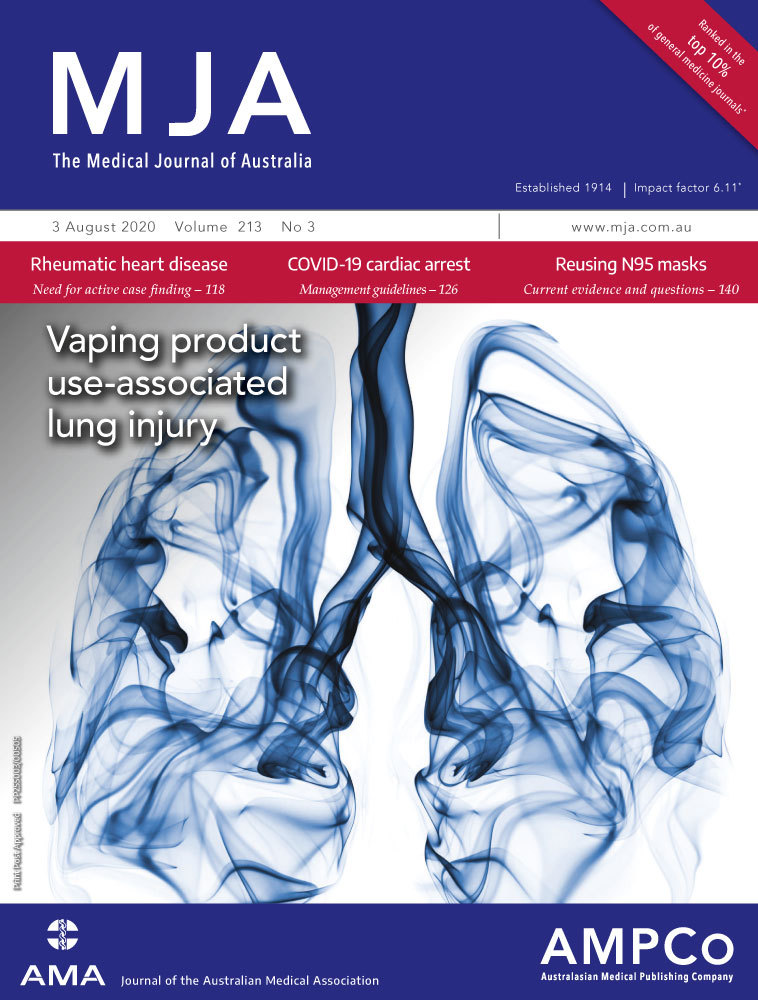Management of adult cardiac arrest in the COVID-19 era: consensus statement from the Australasian College for Emergency Medicine
The unedited version of this article was published as a preprint on mja.com.au on 24 April 2020.
Abstract
Introduction
The global pandemic of coronavirus disease 2019 (COVID-19) has caused significant worldwide disruption. Although Australia and New Zealand have not been affected as much as some other countries, resuscitation may still pose a risk to health care workers and necessitates a change to our traditional approach. This consensus statement for adult cardiac arrest in the setting of COVID-19 has been produced by the Australasian College for Emergency Medicine (ACEM) and aligns with national and international recommendations.
Main recommendations
- In a setting of low community transmission, most cardiac arrests are not due to COVID-19.
- Early defibrillation saves lives and is not considered an aerosol generating procedure.
- Compression-only cardiopulmonary resuscitation is thought to be a low risk procedure and can be safely initiated with the patient's mouth and nose covered.
- All other resuscitative procedures are considered aerosol generating and require the use of airborne personal protective equipment (PPE).
- It is important to balance the appropriateness of resuscitation against the risk of infection.
- Methods to reduce nosocomial transmission of COVID-19 include a physical barrier such as a towel or mask over the patient's mouth and nose, appropriate use of PPE, minimising the staff involved in resuscitation, and use of mechanical chest compression devices when available.
- If COVID-19 significantly affects hospital resource availability, the ethics of resource allocation must be considered.
Changes in management
The changes outlined in this document require a significant adaptation for many doctors, nurses and paramedics. It is critically important that all health care workers have regular PPE and advanced life support training, are able to access in situ simulation sessions, and receive extensive debriefing after actual resuscitations. This will ensure safe, timely and effective management of the patients with cardiac arrest in the COVID-19 era.




